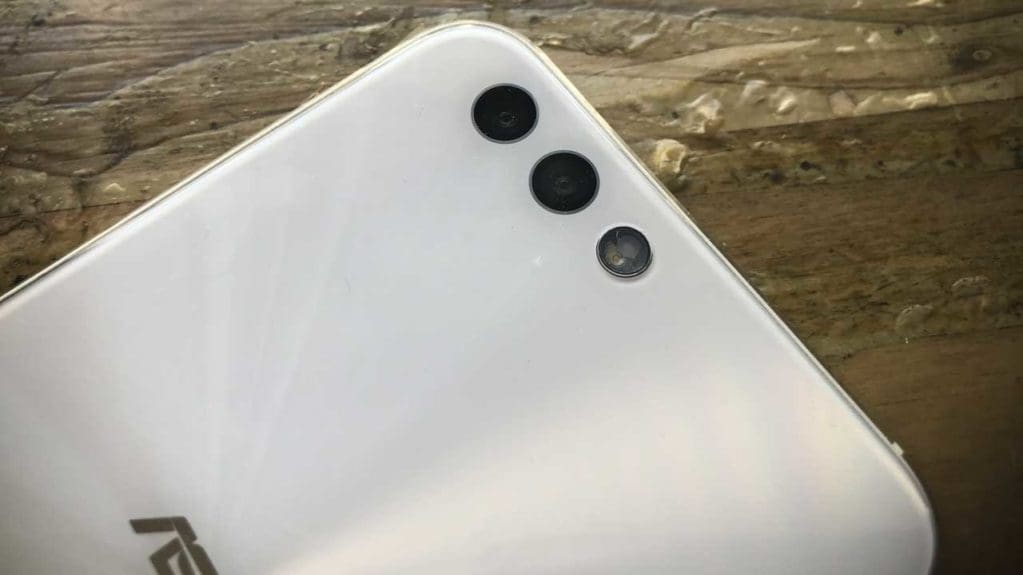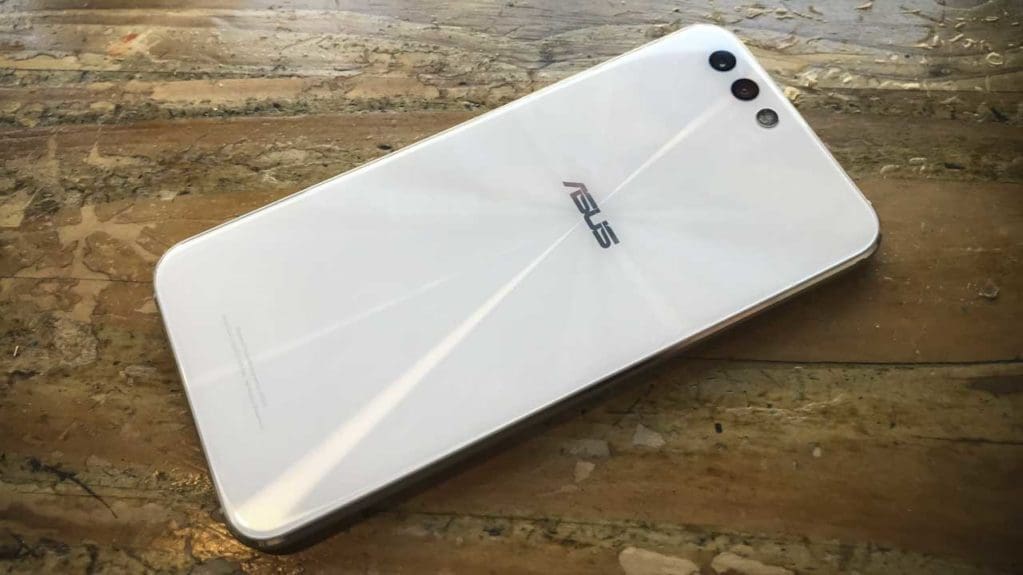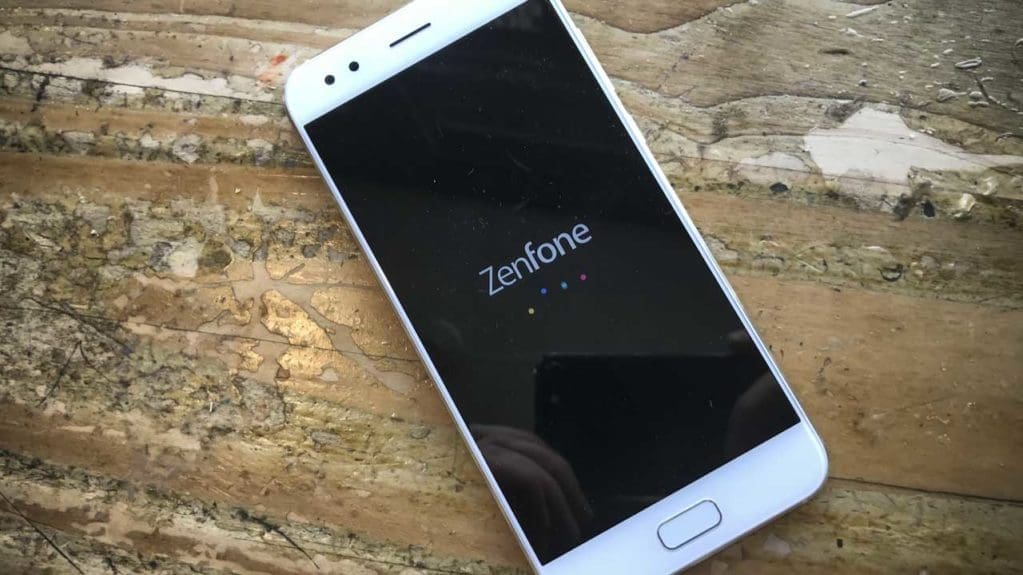For ASUS Zenfone 4
- Dual Sensors
- Vibrant High Detail
- Fantastic App
Against ASUS Zenfone 4
- Slightly boxy design
- Wide angled images not as good as the standard camera
ASUS is by no means new to the smartphone market and has been producing the Zenfone range since 2014, although finding a handset in the UK has been a little tricky.
Now the latest iteration packs in the imaging features and offers smartphone users all the usual Android apps they could want alongside the obvious call-making features.
But we’re not that interested in the phone bit; it makes calls nicely, plays music without the need for a £20 adapter and plugs into computers easily enough.
The bit we’re interested in is how well it takes photos and video.
Features
Who knew smartphones could arrive ready to go and with apps that enable you to properly make use of the camera without having to spend more money! That’s one of the most instant realizations any iPhone user has when they pick-up an Android phone.

The ZenFone 4 is an impressive bit of kit, and OK it may not have the latest sleek lines of the Galaxy S or Huawei P20 Pro, but as phones go, it’s not unattractive.
I’m not a white phone person, but this phone does have a nice finish to it. I tested an ASUS laptop last year, and the speed and quality of that was incredible, and it’s instantly apparent that the Zenfone is from the same mould.
At 7.52 x 15.54 x 0.75cm W x H x D and weighing in at 165g, the ASUS Zenfone 4 is a decent size and boasts a large 5.5-inch touchscreen.
The Super IPS+ screen displays at Full HD (1920 x 1080). Brightness comes in at 600nits, or bright enough to see in most conditions and the screen itself along with the back of the phone features ultra-tough 2.5D Corning Gorilla Glass.
It also has a 2.1 slim bezel, blue light filter for eye care, capacitive touch panel with 10-point multi-touch. This means it’s super responsive to touch-sensitive gloves and features a smudge-resistant oleophobic coating.
The phone comes with 64GB of internal storage, which is pretty good. This can be expanded up to 2TB with a MicroSD card. Which is insane!
I haven’t found a card of this size on sale, but I have heard that they’re on the way. I have however just tested the SanDisk Ultra 256GB which should do nicely for the time being.
And keeping on the topic of storage, the phone also offers 100GB of free space with Google Drive. This is just for a year, but if you don’t already have cloud storage, then you need to get it sorted. This is a great introduction.
The Main camera
This packs in 12 million pixel Sony IMX362 dual pixel 1/2.55-inch sensor which is impressive.
The small lens has a fixed f/1.8 aperture with a 25mm equivalent focal length in 35mm film camera terms.
This lens gives a field of view of 83º which is a good standard.
The Second camera
The Second camera drops the resolution to 8 million pixels, but enables a wider field-of-view or 120º.
Alongside the two cameras, there’s a third dot on the back of the camera for the built-in LED flash.
To use the cameras you need to use the PixelMaster App that comes pre-installed.
Build quality and handling
The ASUS Zenfone 4 doesn’t have the slick to the edge screen that I’m now used to with the Samsung Galaxy range, but the thin white border and overall look of the phone is still very pleasing, if getting a little retro!

The large touchscreen dominates the front of the device with a small camera at the top for selfies. Under the screen is the home button.
Ports are at the bottom, and you have a standard 3.5mm audio port and USB-C.
On one side you have two buttons, one a rocker that enables you to increase or decrease volume and the power button next to that.
Flip the camera over, and you have the two lenses that front the two different cameras and the small LED flash/light.
The physical design and quality of build is solid, and after two months of testing, I was impressed with not only the design of the hardware but also its software.
Performance
The Selfie camera on the front is really there for a bit of fun, and as you take your pictures there are a variety of options that enable you to either automatically beautify yourself, or you can make facial and skin tone tweaks manually. Slightly disturbing but great fun.

The main event is the two rear mounted cameras that offer you either the standard or wide view.



